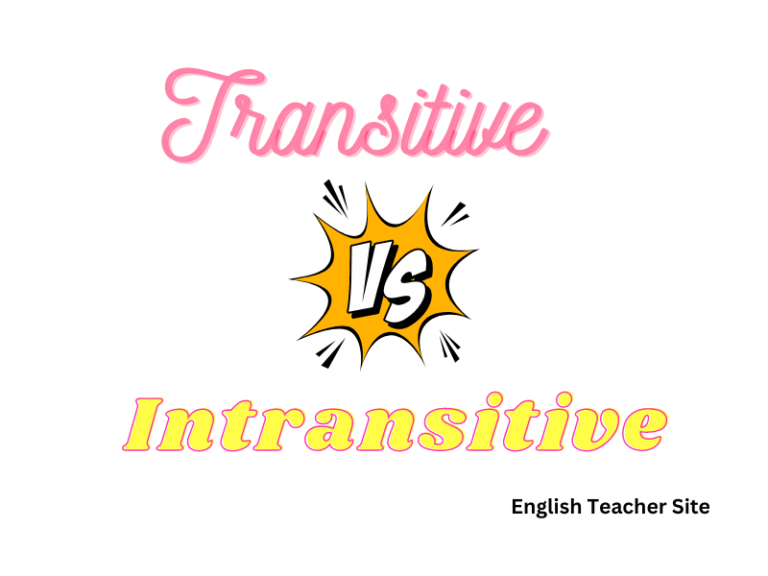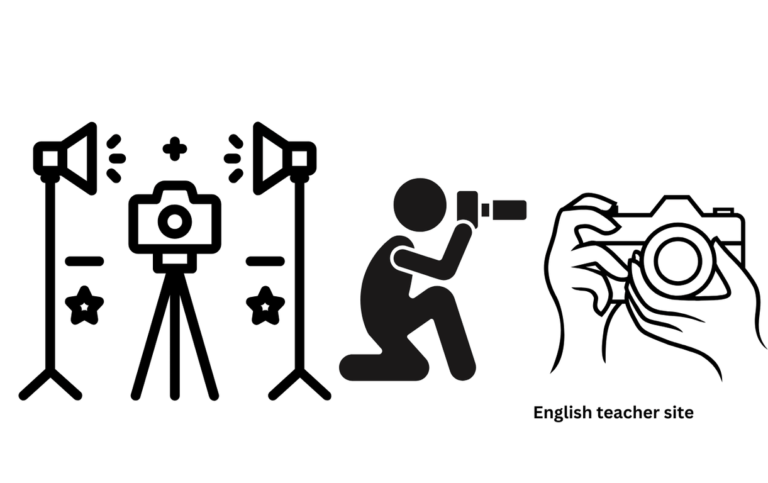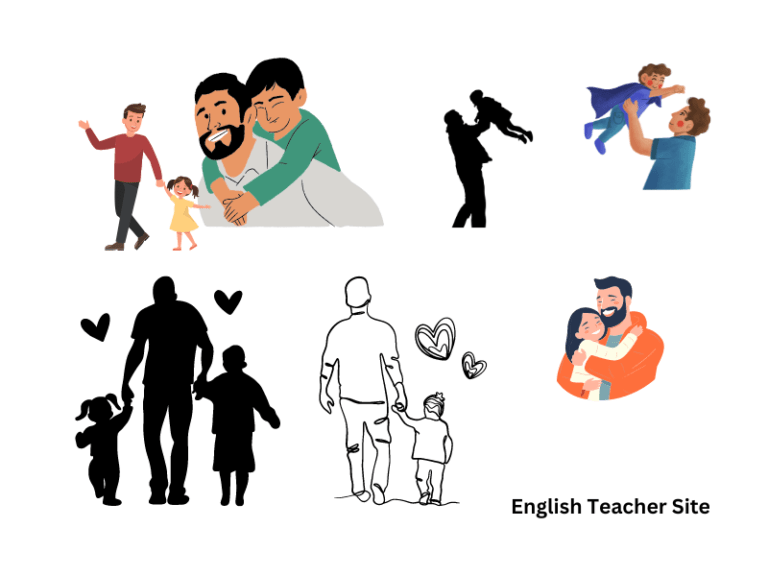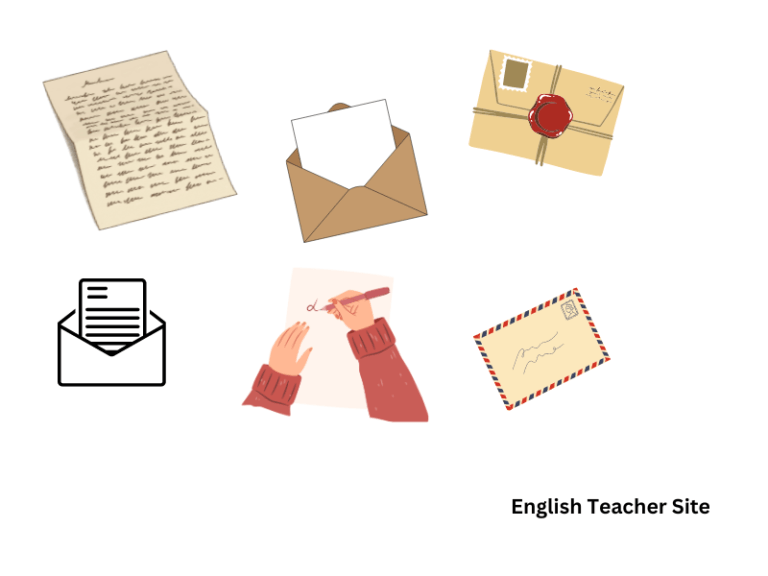What Are Contractions in Grammar: List of the Most Commonly Used Examples

- Contractions are combined words that often use an apostrophe in place of omitted letters.
- Effectively using contractions can informally enhance the tone of speech and writing.
- English grammar rules determine how and when contractions should be used for clarity and correctness.
While they are prevalently used in daily speech, contractions have specific rules and patterns that guide their written form. The most commonly used contractions are often the ones that combine pronouns or nouns with verbs, such as “I’m” for “I am” or “it’s” for “it is.” Although contractions are typically taught at a basic level of English grammar, proper use in various contexts can still perplex both English learners and seasoned speakers alike.
Understanding Contractions
Contractions are shortened forms of words or combinations of words that have been condensed by the omission of certain letters. In English grammar, they are often used to simplify the spoken and written language, making it more efficient and conversational.
One should note that contractions are typically formed using an apostrophe to replace the missing letters. For example, “do not” becomes “don’t,” with the apostrophe indicating the omission of the letter “o.”
Contractions are commonly used with pronouns and auxiliary verbs. They can also include negatives such as “not.” However, their use in formal writing is often limited due to their conversational nature.
Here are two tables illustrating some of the most commonly used contractions:
| Pronoun Contractions | Example |
|---|---|
| I am | I’m |
| You are | You’re |
| He is | He’s |
| She will | She’ll |
| We have | We’ve |
| They would | They’d |
| Auxiliary Verb Contractions | Example |
|---|---|
| Is not | Isn’t |
| Has not | Hasn’t |
| Will not | Won’t |
| Cannot | Can’t |
| Would have | Would’ve |
| Could have | Could’ve |
In written English, it’s important to understand how and where to properly use contractions. Here is a brief overview:
- Common Speech: Regularly used in everyday conversation to convey a relaxed tone.
- Informal Writing: Prevalent in informal letters, messages, and texts.
- Formal Writing: Limited use; typically avoided in academic, professional, and formal documents to maintain formality.
Forming Contractions in Writing
When forming contractions, it is essential to understand that this process usually involves combining two words by omitting certain letters and replacing them with an apostrophe. The purpose of contractions is to streamline sentences and convey a more informal tone often used in spoken language.
Most contractions consist of a pronoun or a modal verb and an auxiliary verb. For example, “she will” becomes “she’ll,” and “cannot” becomes “can’t.” The apostrophe marks where letters have been omitted.
Here’s how to create the two most common types of contractions in English:
Pronoun and Verb Contractions
| Full Form | Contraction | Example Sentence |
|---|---|---|
| I am | I’m | I’m going to the store. |
| You are | You’re | You’re welcome. |
| He is | He’s | He’s playing soccer. |
| We are | We’re | We’re on our way. |
| They would | They’d | They’d like to join us. |
Verb and Not Contractions
| Full Form | Contraction | Example Sentence |
|---|---|---|
| Do not | Don’t | They don’t know yet. |
| Is not | Isn’t | She isn’t coming today. |
| Has not | Hasn’t | He hasn’t finished his homework. |
| Did not | Didn’t | They didn’t go to the party. |
| Would not | Wouldn’t | She wouldn’t tell me. |
Use of contractions can greatly impact the tone of writing; they’re generally more acceptable in informal contexts. However, in formal writing, such as academic or professional communication, the full forms are typically preferred to maintain formality.
When deciding whether to use a contraction, one must consider their audience and the context. In everyday conversation and in informal writing, contractions are commonly used to sound more natural and friendly.
Using Contractions
Contractions in English are an essential aspect of the language, offering a way to combine words for ease of speech and writing. They involve the shortening of words by omitting certain letters and replacing them with an apostrophe.
Tip 1: Learning Different Forms of Contractions
In English, contractions come in several forms, each serving a specific function within the language. Below is a table illustrating some common contractions and their full forms:
| Contraction | Full Form |
|---|---|
| they’re | they are |
| isn’t | is not |
| I’ve | I have |
| we’ll | we will |
| he’d | he would / he had |
Contractions are prevalent in everyday conversation and informal writing but tend to be avoided in formal writing to maintain a more professional tone.
Tip 2: Avoiding Confusion with Possessives
Contractions must not be confused with possessive nouns, even though they may look similar. For example, “it’s” is a contraction for “it is” or “it has,” while “its” denotes possession.
Here’s a list to differentiate between the two:
- It’s (it is): It’s going to rain today.
- Its (possessive): The company revised its policies.
Incorrectly using contractions in place of possessives or vice versa can lead to misunderstood meanings and should be carefully checked in editing.
Tip 3: Avoiding Confusion with Possessive Pronouns
Similarly, possessive pronouns such as “yours,” “ours,” “hers,” “his,” and “theirs” do not have apostrophes, in contrast to contractions like “you’re” (you are), “we’re” (we are), and “they’re” (they are). Clear understanding of these distinctions is vital for clarity. The table below gives examples of correct usage:
| Possessive Pronoun | Contraction |
|---|---|
| yours | you’re (you are) |
| ours | we’re (we are) |
| hers | – |
| his | he’s (he is/has) |
| theirs | they’re (they are) |
To avoid confusion, one must pay attention to context and the intended meaning when opting to use contractions or possessive pronouns.
Lists of Contractions Types
In English grammar, contractions are commonly used to combine words for efficiency and to reflect natural speech patterns. They typically involve the omission of certain letters and the use of an apostrophe. This section breaks down contractions into two primary types: Negative Contractions and Modal Contractions.
Negative Contractions
Negative contractions are formed by combining a verb with the word ‘not.’ These are essential in written and spoken English to convey negation in a more succinct form. Below is a table listing several common negative contractions:
| Full Form | Negative Contraction |
|---|---|
| is not | isn’t |
| are not | aren’t |
| was not | wasn’t |
| were not | weren’t |
| have not | haven’t |
| has not | hasn’t |
| had not | hadn’t |
| will not | won’t |
| would not | wouldn’t |
| do not | don’t |
| does not | doesn’t |
| did not | didn’t |
Note: It’s important to recognize that some contractions, such as won’t (will not), do not follow the general trend of simple conjunction.
Modal Contractions
Modal contractions involve the use of auxiliary, or helping, verbs—like would, should, could—and are contracted with pronouns or the adverb ‘not’. These contractions often reflect possibility, ability, permission, or obligation. The following table provides examples of common modal contractions:
| Full Form | Modal Contraction |
|---|---|
| would have | would’ve |
| should have | should’ve |
| could have | could’ve |
| might have | might’ve |
| must have | must’ve |
| would not | wouldn’t |
| should not | shouldn’t |
| could not | couldn’t |
| might not | mightn’t |
| must not | mustn’t |
Modal contractions are prevalent in everyday communication, and their use can make language seem more informal and conversational. It’s crucial to understand how to form and when to use these contractions effectively.
Bullet points to remember about contractions:
- They make sentences shorter and often mirror spoken English.
- An apostrophe replaces omitted letters.
- Negative contractions often end with ‘t.
- Modal contractions express mood, ability, and likelihood.
Commonly Used Contractions
In English grammar, contractions are formed by combining two words into one, where a letter or letters have been omitted and replaced with an apostrophe. They are a staple in both written and spoken English, often used to create a more conversational tone. Contractions bring efficiency and a natural flow to language, making sentences less formal and more accessible.
Here is a table outlining some of the most commonly used contractions in English involving the verb “to be”:
| Full Form | Contraction |
|---|---|
| I am | I’m |
| You are | You’re |
| He is | He’s |
| She is | She’s |
| It is | It’s |
| We are | We’re |
| They are | They’re |
Another set of contractions frequently used in English includes those with the auxiliary verb “have”:
| Full Form | Contraction |
|---|---|
| I have | I’ve |
| You have | You’ve |
| He has | He’s |
| She has | She’s |
| It has | It’s |
| We have | We’ve |
| They have | They’ve |
Finally, the following bulleted list highlights common negative contractions:
- do not – don’t
- does not – doesn’t
- did not – didn’t
- has not – hasn’t
- have not – haven’t
- had not – hadn’t
- will not – won’t
- would not – wouldn’t
- can not – can’t
- could not – couldn’t
Source
ESL, contractions
My name is Khamis Maiouf. I am the creator of the English Teacher Site, dedicated to providing valuable resources and insights for students around the world. With a passion for education and a commitment to helping students enhance their skills, I aim to make English teaching more effective and enjoyable for both educators and students.






